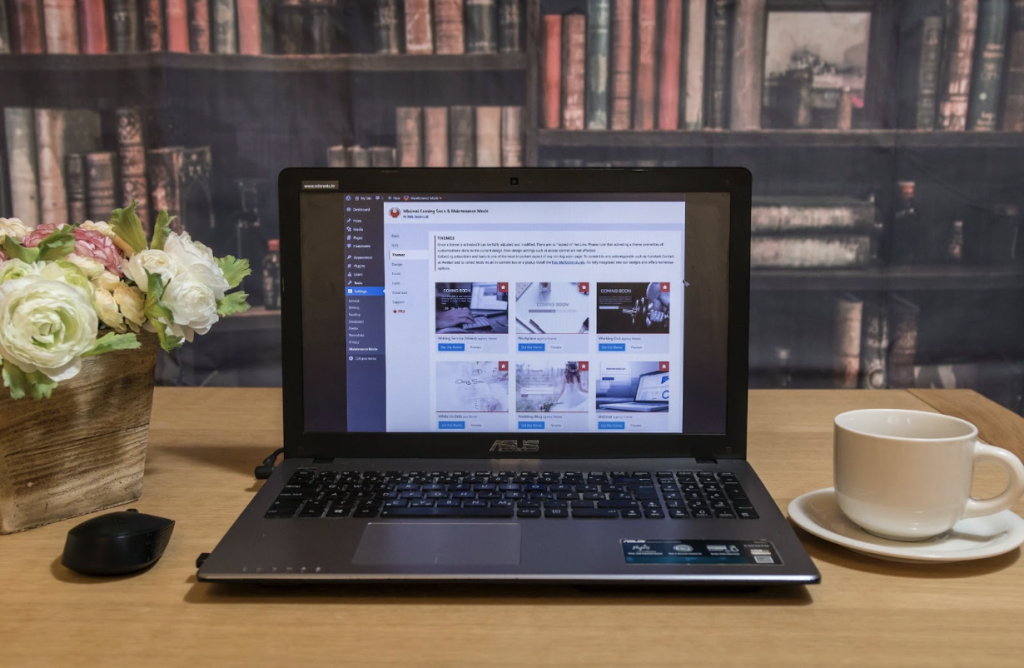In today’s digital age, web design plays a pivotal role in creating a positive online experience for users. A user-friendly website goes beyond aesthetics, focusing on enhancing usability and accessibility, creating a positive user experience, and simplifying navigation. This blog post explores the key elements of a well-designed website and how they contribute to fostering user engagement, brand credibility, and business success.
From intuitive layouts, easy-to-use forms, and visual cues to responsive design and interactivity, each aspect of web design serves the purpose of creating a seamless and enjoyable browsing experience for users across various devices and internet connections.

Enhancing Usability and Accessibility
A user-friendly website significantly improves usability and accessibility, making it easy for visitors to navigate and find the information they seek. Intuitive layout, clear organization, and well-structured content enable users to locate what they need without frustration.
A well-designed website focuses on enhancing usability and accessibility, creating a positive user experience, simplifying navigation and visual design, and integrating visual cues to guide users. You can find affordable web design at Kitching.ltd for responsive design and optimizing performance. This will in turn ensure a seamless and enjoyable browsing experience for users across various devices and internet connections.
Implementing accessibility features, such as alt tags for images and keyboard navigation, ensures that individuals with disabilities can interact with the website seamlessly. By prioritizing usability and accessibility, businesses can reach a broader audience, including those with diverse needs, and foster a positive reputation for being inclusive and user-centric.
Creating a Positive User Experience
A user-friendly website is essential for creating a positive user experience. When visitors can effortlessly interact with a site and find what they want, they are more likely to stay longer, explore additional pages, and return in the future. A positive user experience fosters trust and credibility, encouraging users to engage with the website’s content, products, or services. With an engaging and enjoyable experience, users are more inclined to recommend the site to others, leading to increased traffic and potential customer conversions.
Simplifying Navigation and Visual Design
A well-designed user-friendly website simplifies navigation, allowing users to move seamlessly through the site. Intuitive menu structures, clear calls-to-action, and straightforward links lead users to the desired destinations efficiently. In addition to navigation, visual design plays a crucial role in enhancing user-friendliness. Consistent branding, readable fonts, and appropriate color choices contribute to a visually appealing site that is easy on the eyes.
By simplifying both navigation and visual design, businesses can create a pleasant browsing experience that encourages users to explore further. If that’s not your gig, collaborating with web design companies can help set a strong and cohesive navigation and visual design.
Integrating Visual Cues to Guide Users
Visual cues play a significant role in guiding users and drawing attention to important elements on the website. Thoughtfully placed buttons, icons, and arrows direct users toward specific actions or information, streamlining their journey through the site. Visual cues also help users identify interactive elements, such as clickable buttons or form fields, further enhancing the site’s usability. By incorporating intuitive visual cues, businesses can improve user engagement and reduce the chances of users getting lost or frustrated.
Optimizing Performance and Load Times
A user-friendly website made by a software developer company prioritizes performance and load times to ensure a smooth and swift browsing experience. Slow-loading pages can lead to frustration and abandonment, resulting in missed opportunities for conversions. Optimizing website performance, compressing images, minimizing server response times, and conducting regular website availability checks all contribute to a faster, more user-friendly, and reliable site. By providing a seamless experience, businesses can retain users, enhance their brand reputation, and potentially increase conversions and sales.
Enhancing User Engagement Through Interactivity
Interactivity is a key component of a user-friendly website that encourages users to actively engage with the content. Interactive elements, such as quizzes, surveys, and user-generated content, invite participation and create a dynamic browsing experience. Interactive features can also include chatbots or live chat support, providing instant assistance to users. By fostering user engagement, businesses can build stronger relationships with their audience, gain valuable feedback, and increase the time users spend on the site.

By prioritizing usability and accessibility, businesses can create an inclusive environment that caters to users with diverse needs. A positive user experience builds trust and credibility, encouraging users to explore further and potentially convert into loyal customers. Simplifying navigation and visual design ensures a smooth journey through the site while integrating visual cues guides users to relevant information. Optimizing performance and load times enhances user satisfaction and retention. Lastly, interactive elements foster user engagement, providing valuable feedback and strengthening brand-consumer relationships. Embracing user-centric web design is a strategic investment that yields significant returns, driving traffic, conversions, and a positive reputation in the digital landscape.

